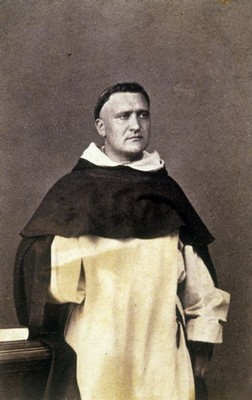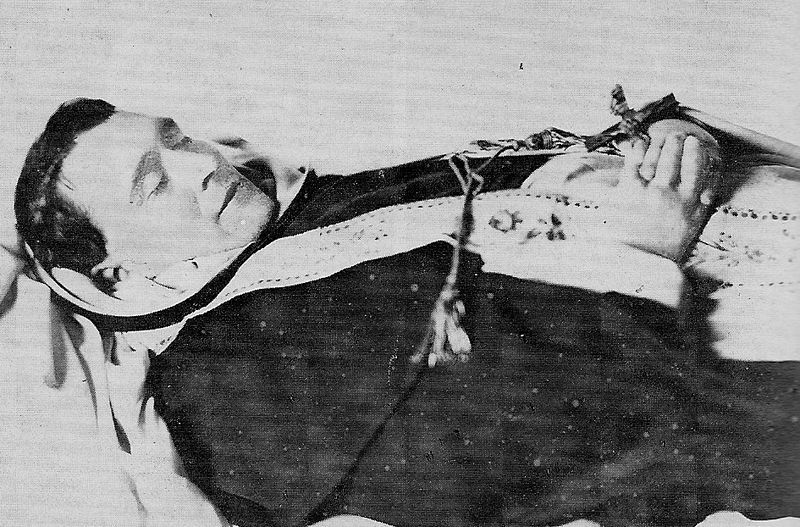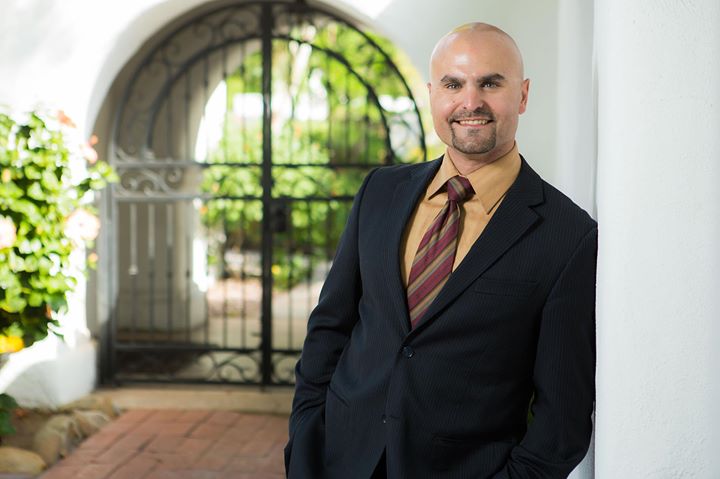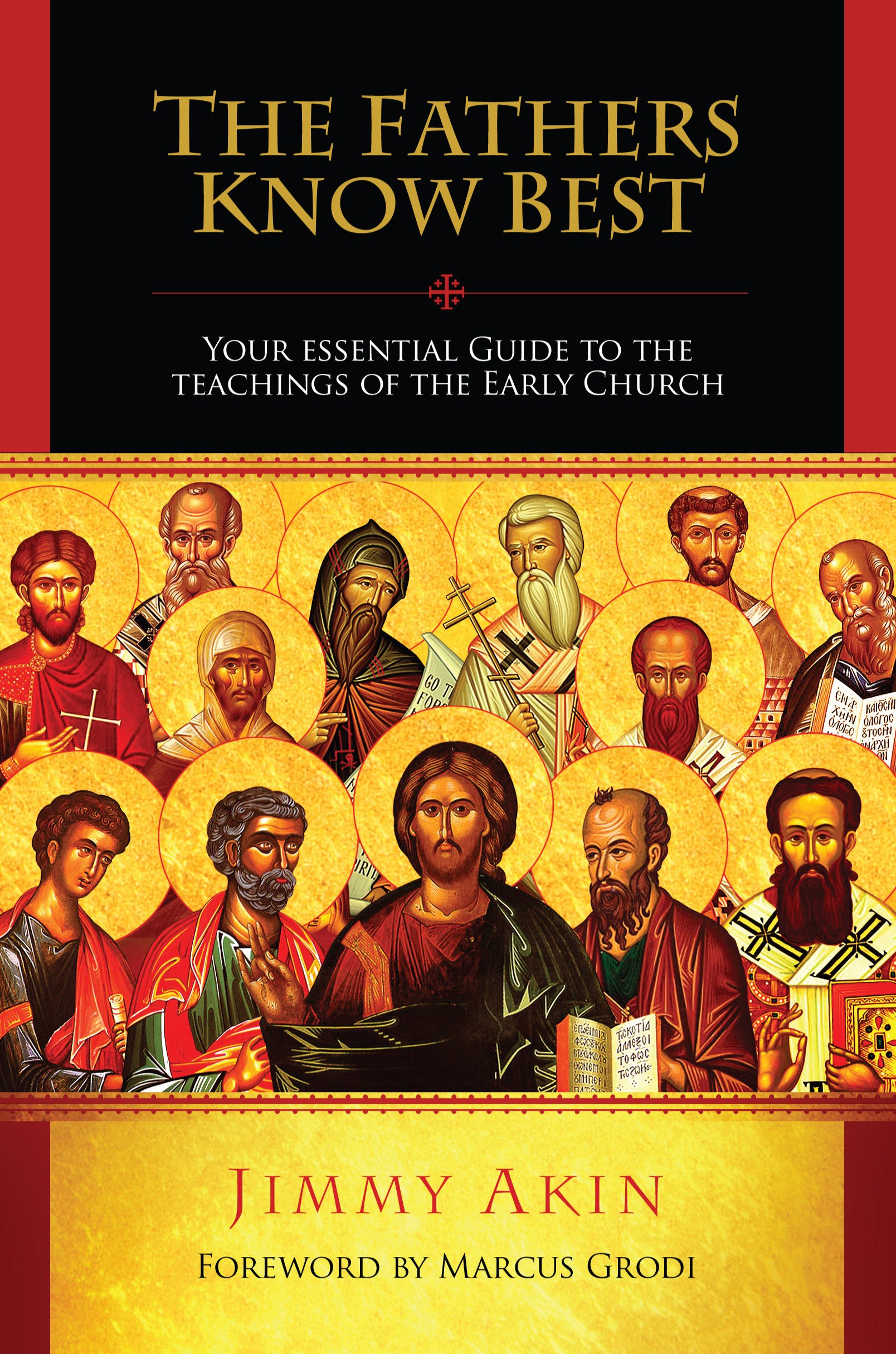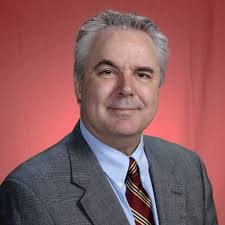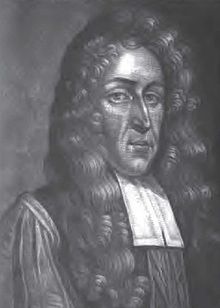
-Augustine’s Confessions, manuscript in the Special Collections of the University Library Utrecht, please click on the image for greater detail.
“Why do Evangelical Protestants find Augustine’s Confessions so engaging? In the university where I teach, for most students, the Confessions is their first encounter with Augustine, and their response is overwhelmingly favorable. (Ironically, when I assign Augustine, most Catholics in my classes are reading him for the first time as well, and some have never heard of him at all.) Many Evangelicals have embraced him in much the same way they have embraced Mother Teresa, Francis of Assisi, and Thomas Merton. Though there are shortcomings of Evangelicals’ reading of the Confessions, Catholics can learn from them.
Let us begin with the pear tree episode, which highlights Augustine’s youthful, restless phase and his emerging recognition that something is dreadfully wrong with the deep impulses of human nature. Augustine describes how his group of “young scoundrels,” hanging out in the street until late, robbed a neighbor’s pear tree of its fruit “not to eat ourselves, but to dump out to the hogs, after barely tasting some of them ourselves. Doing this pleased us all the more because it was forbidden” (Confessions 2:4:9).
Evangelicals—whether they are influenced by the Wesleyan, Lutheran, or Reformed view of human nature—have a strong sense of sin and the enormous damage it causes. While many modern Catholic and Protestant teachers minimize sin, Evangelicals tend to overemphasize the Fall and its effects on the individual and his relationship with God. Neither extreme is a healthy one. For Evangelicals it is not a question of simply doing good or controlling one’s destructive behavior; it is, rather, the need to experience a radical transformation of the inner person.
Augustine concluded, as he reflected on the act of stealing and destroying the pears, that there was really no such thing as a benign sin without temporal consequences. A shortcoming of the Evangelical understanding of sin is the lack of distinction between what Catholics call venial and mortal sin. Conspicuously absent in Evangelical preaching is any reference to this distinction as made in 1 Corinthians 3:10–15, and especially as when John says, “All wrongdoing is sin, but there is sin that is not mortal” (1 John 5:17). What permeates Evangelical preaching and evangelism are Paul’s statements that “all have sinned and fall short of the glory of God” (Rom. 3:23), and “the wages of sin is death, but the free gift of God is eternal life in Christ Jesus our Lord” (Rom. 6:23).
Where Evangelicals have it right is that they recognize, as did Augustine, that all acts of sin, while they may not be of similar temporal gravity, are reflections of our rebellion against God, and their effects deform us. In the end, neither Catholics nor Evangelicals must allow a loss of the sense of sin to enter into their lives and the life of the Church. If we begin to excuse away venial sin or treat it in a lighthearted manner, chances are in time we will also find justification for mortal sin as well.
One of the distinctive elements of Augustine’s conversion is his direct encounter with Scripture in the garden of Milan, buttressed by Ambrose’s preaching (5:13:23–25). This aspect of his conversion is often cited by Evangelicals. When a Catholic visits an Evangelical gathering for the first time, the one thing that stands out the most—other than the vigorous and copious singing—is the central place preaching takes in their worship. In many Evangelical churches, the eucharist is absent. It is celebrated infrequently with the emphasis on symbolism.
Nevertheless, as a former Evangelical, I can attest to having experienced a profound reverence (expressed through kneeling during the entire communion service), a call to conversion, and tears. But our focus here is on the centrality of the word. The call by Paul to the necessity of the preached word for salvation (Rom. 10:14–17) is heard frequently in Evangelical services.
Evangelicals have developed a consistent and deep understanding of the potent nature of God’s word on an individual, provided one’s heart is open to the action of the Holy Spirit. As Paul reminds us, “For the word of God is living and active, sharper than any two-edged sword, piercing to the division of soul and spirit, of joints and marrow, and discerning the thoughts and intentions of the heart” (Heb. 4:12). Augustine is a model par excellence of the proper attitude one should bring to the private reading of sacred Scripture (the garden in Milan) and in the public proclamation of the word in the gathered body of Christ, the Church (the preaching of Ambrose).
Evangelicals have done well to focus on this most important aspect of the conversion experience of Augustine in the Confessions. God has at his disposal a limitless amount of ways to reach us, but one of the most important ways is through the word of God as contained in the Bible. Like the two disciples on the road to Emmaus, Augustine came to understand—in the garden and through the preaching of Ambrose—all that Moses, the prophets, and the psalms said concerning Jesus Christ. But it was only a preparation for Augustine. He would soon discover how to fully “see” Jesus through the Eucharist (Luke 24:30–31, 35).
In the Confessions, Augustine singles out his discovery of Paul as of great importance (7:21:27), undoubtedly because of his reading the epistle to the Romans during his conversion in the garden. When in the company of Evangelicals, it does not take long for one to discover the importance of Paul. It is true that Evangelicalism, and historic Protestantism in general, is heavily Pauline. It is not only because Paul wrote a good portion of the New Testament. Paul comes first, and he is the lens through which the Gospels and all else in the New Testament are read. It comes hardly as a surprise, therefore, that this section of the Confessions is of great importance to Evangelicals.
Informed Catholics, on the other hand, read Paul through the lens of the Gospels and not the other way around—just as we are taught to read the Old Testament through New Testament eyes. Augustine himself noted, “The New lies hidden in the Old and the Old is unveiled in the New” (Quaest. in Hept. 2:73). Catholics express the primacy of the Gospels at Mass by standing and singing the Alleluia, by crossing their foreheads, lips, and chests before the reading, and by concluding the reading with the acclamation, “Praise to you, Lord Jesus Christ.”
No one who reads the Confessions comes away untouched by Monica and her role in the conversion of her son (9:8:17–37). This section is one of the most moving in the entire work, and Evangelicals single it out as an example of perseverance in faith and the power of intercessory prayer. Many Evangelicals have a rich and profound prayer life, even though until very recently it lacked a contemplative dimension. While Evangelicals still lack the contemplative dimension of prayer, they make up for it with their strong belief in the efficacy of intercessory prayer.
Having attended numerous prayer meetings, services, and Bible studies, and having read much of their literature over the years, I can attest that the accent is clearly on intercessory prayer. (At times this can be taken to the extreme of telling God what needs to be done and how to do it.) Evangelicals are fond of citing Scripture passages that highlight intercessory prayer, among the most popular being James 5:16: “The prayer of a righteous man has great power in its effects.”
By contrast, I cannot recall hearing a sermon based upon biblical texts that lend themselves to contemplation, such as the Marian text, “But Mary kept all these things, pondering them in her heart” (Luke 2:19). The Evangelical fear of Marian piety and devotion, which they label “mariolatry,” steers them away from such passages. As Catholic writer Mark P. Shea has observed, the aversion to and rejection of Marian themes in Scripture explains in part the absence of the contemplative and of silent adoration in Evangelical ecclesial culture.
We Catholics need to learn from our Evangelical brethren to integrate into our private prayer life intense intercessory prayer as much as they need to incorporate contemplative moments into their public and private prayer life. A prayer life without the contemplative runs the risk of becoming an exercise in demands that degenerates into telling God what to do and how to do it. That is a form of idolatry. On the other hand, a prayer life given over mainly to contemplation without an intercessory.aspect likewise tends to degenerate into self-absorbed spirituality focused only on the self. That too is a form of idolatry. From what we can gather in the Confessions, Monica did not fall into either extreme. She teaches and inspires us to persevere in intercessory prayer, which is contemplative fruit.
Most Evangelicals know Augustine only through the Confessions. What he says there is read in isolation from the rest of his theology, especially his theology of the liturgy and ecclesiology. This is understandable; to embrace the whole of Augustine’s writings would entail embracing the Catholic faith. The Confessions are safe in this regard, since they do not really touch upon these two areas of substantial disagreement between Evangelicals and Catholics.
Evangelicals’ reductionist view of the sacraments, above all of the Eucharist, explains their lack of interest in what Augustine has to say about these things. Evangelicals nevertheless need to give serious consideration to what Augustine has to say about the sacraments, ecclesiology, hermeneutics, the canon of Scripture, and the many others areas of theology he influenced decisively.
Conversely, from their reading of the Confessions Catholics can learn much from Evangelicals regarding the word of God. Catholics need to discover that Scripture itself in the Gospels and the rest of the New Testament testifies time and again concerning the power of God’s word to transform people’s lives. One of the great pastoral challenges regarding the liturgy since Vatican II is to convince Catholics that the liturgy of the word is of vital importance.
The episode on the road to Emmaus (Luke 24:13–35) is a good place for Catholics to see that Scripture is essential to our experience of Christ in the liturgy. Catholics require widespread catechesis to g.asp the transforming power that God’s word carries if we allow the Holy Spirit to burn it into our minds and hearts so that we may proclaim at every Mass, “Were not our hearts burning within us?” Once we realize that sacred Scripture is God’s word, objectively speaking, and that there is a presence of Jesus in it, it changes our attitude altogether to the proclamation of the word and the homily at Mass.
The private reading of the word of God that is so crucial to Evangelical discipleship can also be instructive to Catholics. That private moment in the garden in Milan where Augustine through his direct reading of Scripture met the Lord in a personal way needs to be pondered by Catholics. Since Vatican II there has been an explosion of private devotional reading material to help Catholics experience the word of God, whether individually or in small groups outside of Mass. Long-standing scriptural devotions such as the Liturgy of the Hours are making a return among Catholics around the world thanks to the encouragement of Pope John Paul II.
Even so, many parishes do not have ongoing scriptural catechesis or prayer groups. The biblical illiteracy of many Catholics—indeed, of some priests—is still a major problem. In Evangelical communities, Bible study groups are a central component of their apostolate.
Like Augustine, we need to visit our garden each day, be open to the power of God’s word, and allow the Paraclete to guide us into all truth. Many Evangelicals are experiencing only half of Emmaus (the table of the word) and many Catholics only the other half (the table of the bread). The two are one, the latter being the primary manifestation of Christ’s presence, as the Catechism eloquently affirms: “It is presence in the fullest sense: that is to say, it is a substantial presence by which Christ, God and man, makes himself wholly and entirely present” (CCC 1374).
At the Eucharistic table we encounter our Lord once again in a singularly unique presence: his very body, blood, soul, and divinity—the “source and summit of the Christian life” (CCC 1324, Lumen Gentium 11). The Jesus with whom we commune at the eucharistic banquet is the same Jesus who has spoken to us previously from the ambo in the word through the Spirit. The two disciples at Emmaus encountered nothing less than the same Jesus at every step—and so do we at every liturgy.
We Catholics have nearly as much to learn from our Evangelical friends about the word as they have to learn from us about the Eucharist. A major difference is that we have both word and Eucharist; it is a matter of Catholics entering into the fullness of both at every liturgy. Non-sacramental Evangelicals have relegated their eucharist to a distant, secondary role—if not to insignificance—and this is unfortunate.
If Catholics and Evangelicals read Augustine from a purely intellectual or scholarly approach (for which there is a time and a place), we miss out on the real reason as to why the Confessions were written in the first place. Was it not to guide our hearts and minds to the One who can only satisfy our restlessness in through a profound conversion? Do they not have as their goal to fulfill at every Catholic Mass what Paul prayed, “having the eyes of your hearts enlightened, that you may know what is the hope to which he has called you, what are the riches of his glorious inheritance in the saints” (Eph. 1:18)? Augustine, who was celebrated last year on the occasion of the 1,600th anniversary of the publication of his Confessions, would desire nothing less.”
Love,
Matthew





